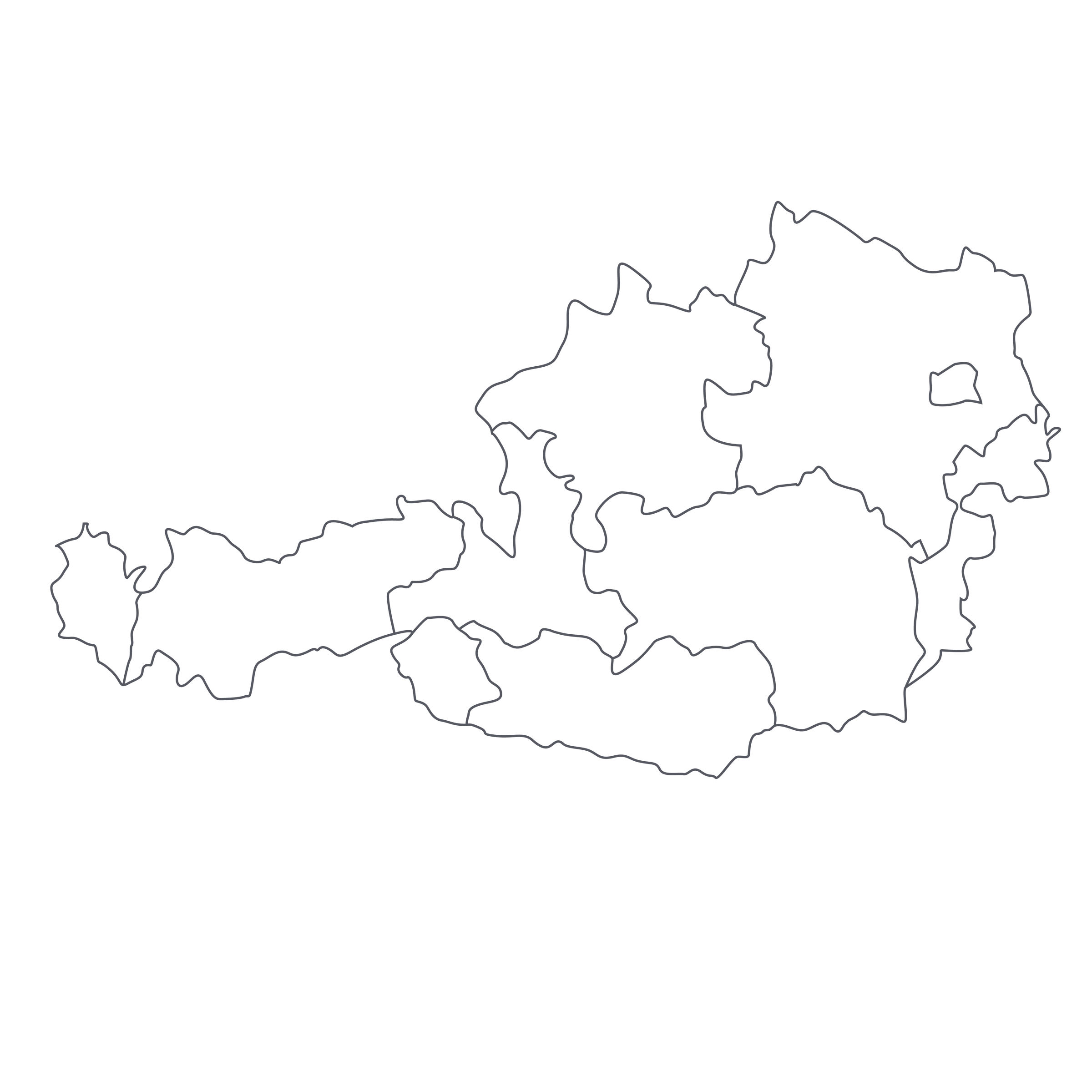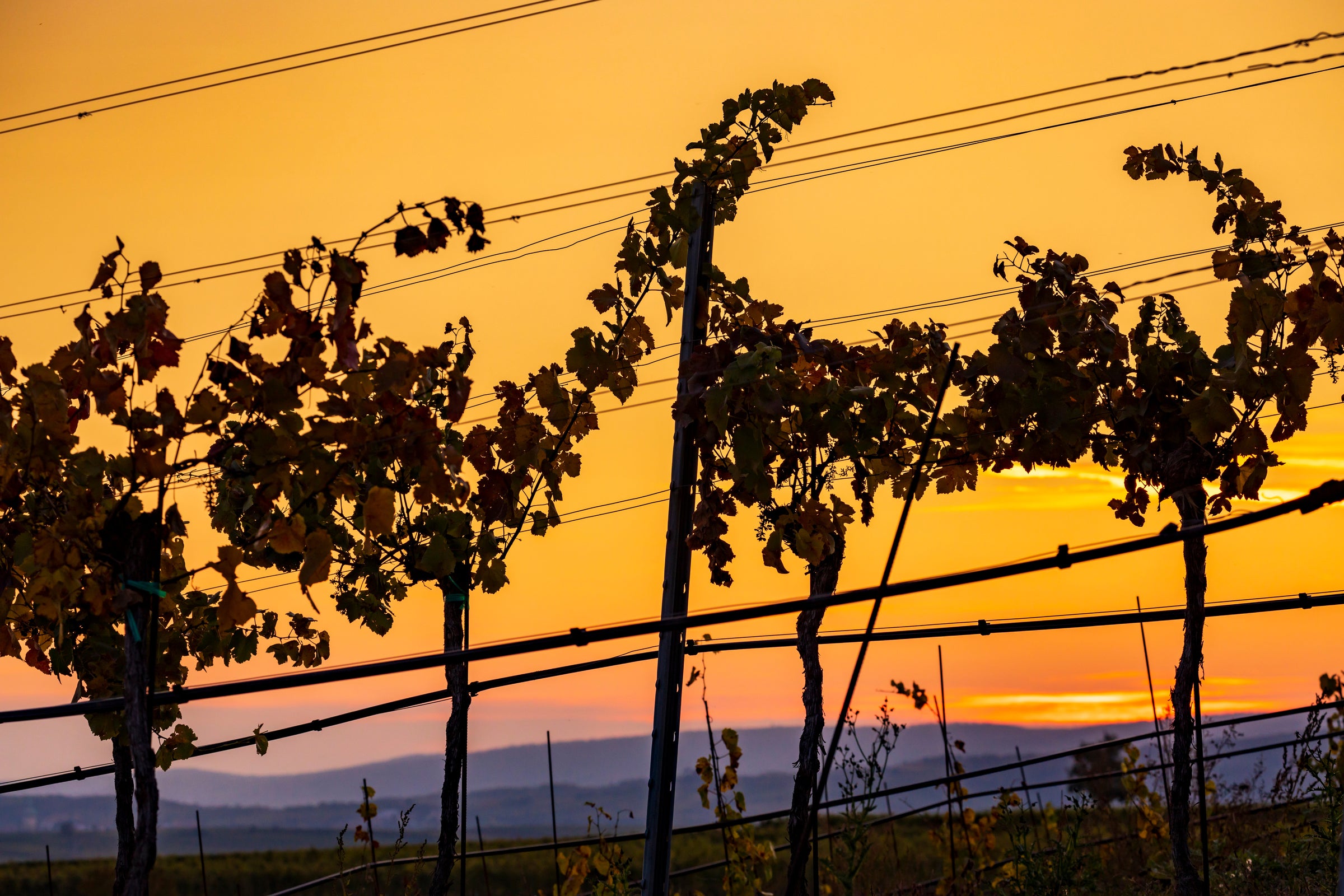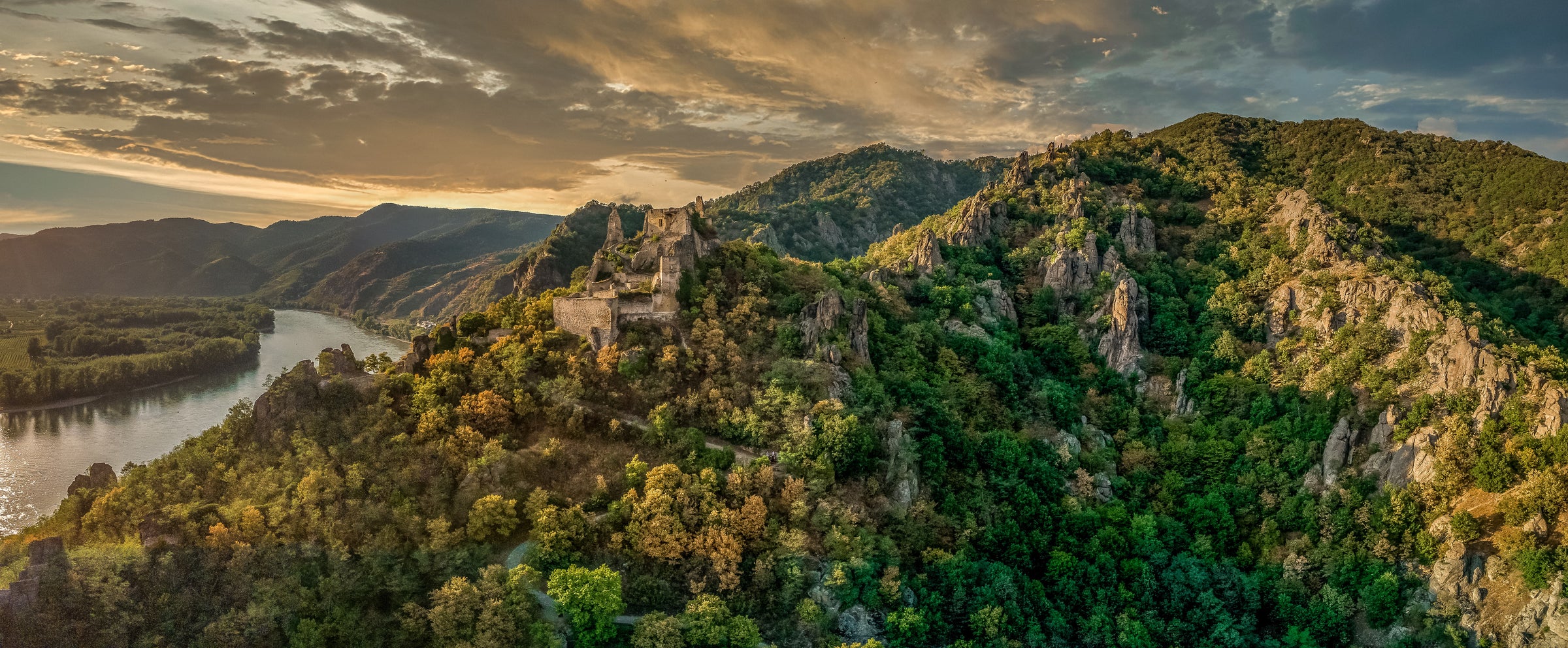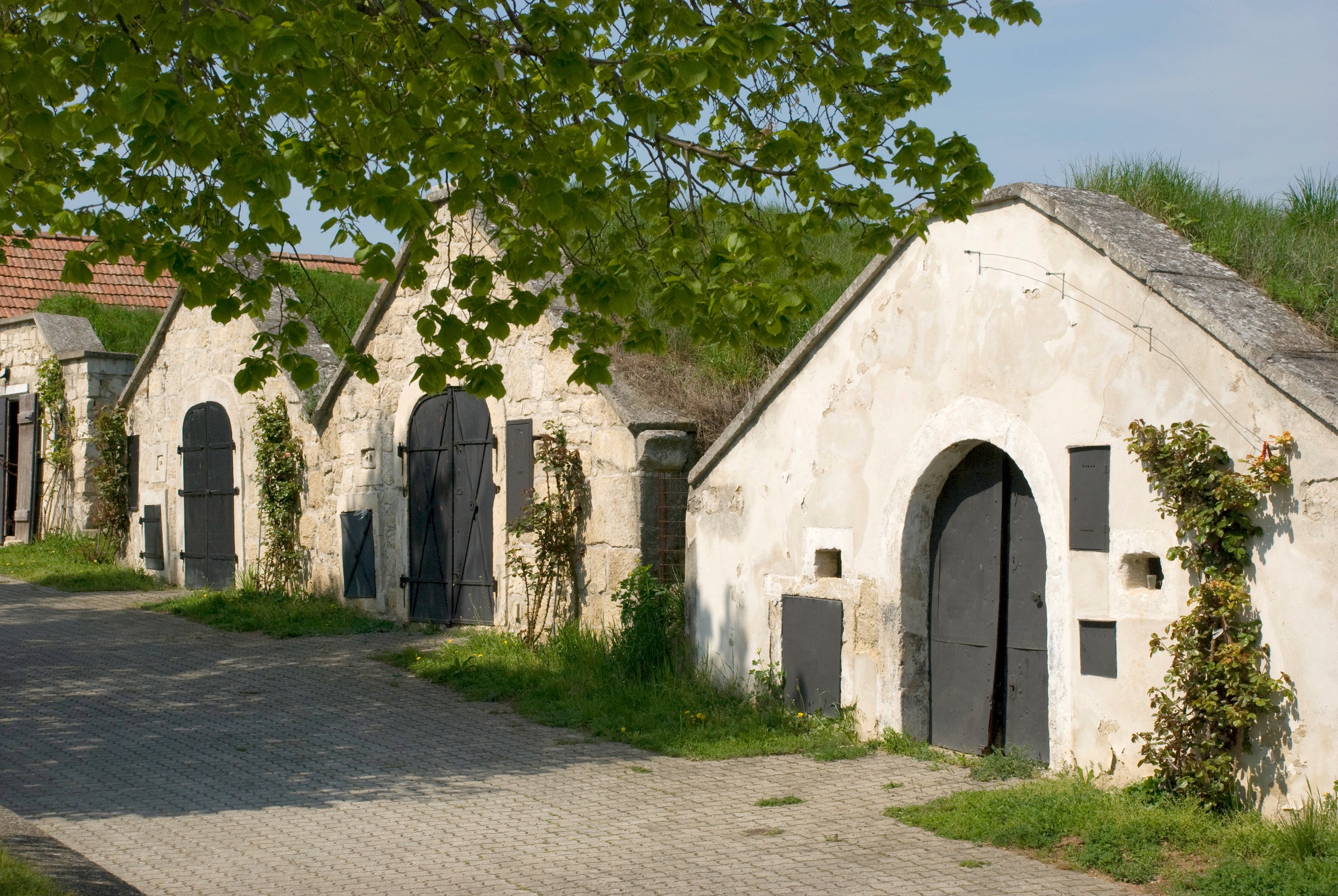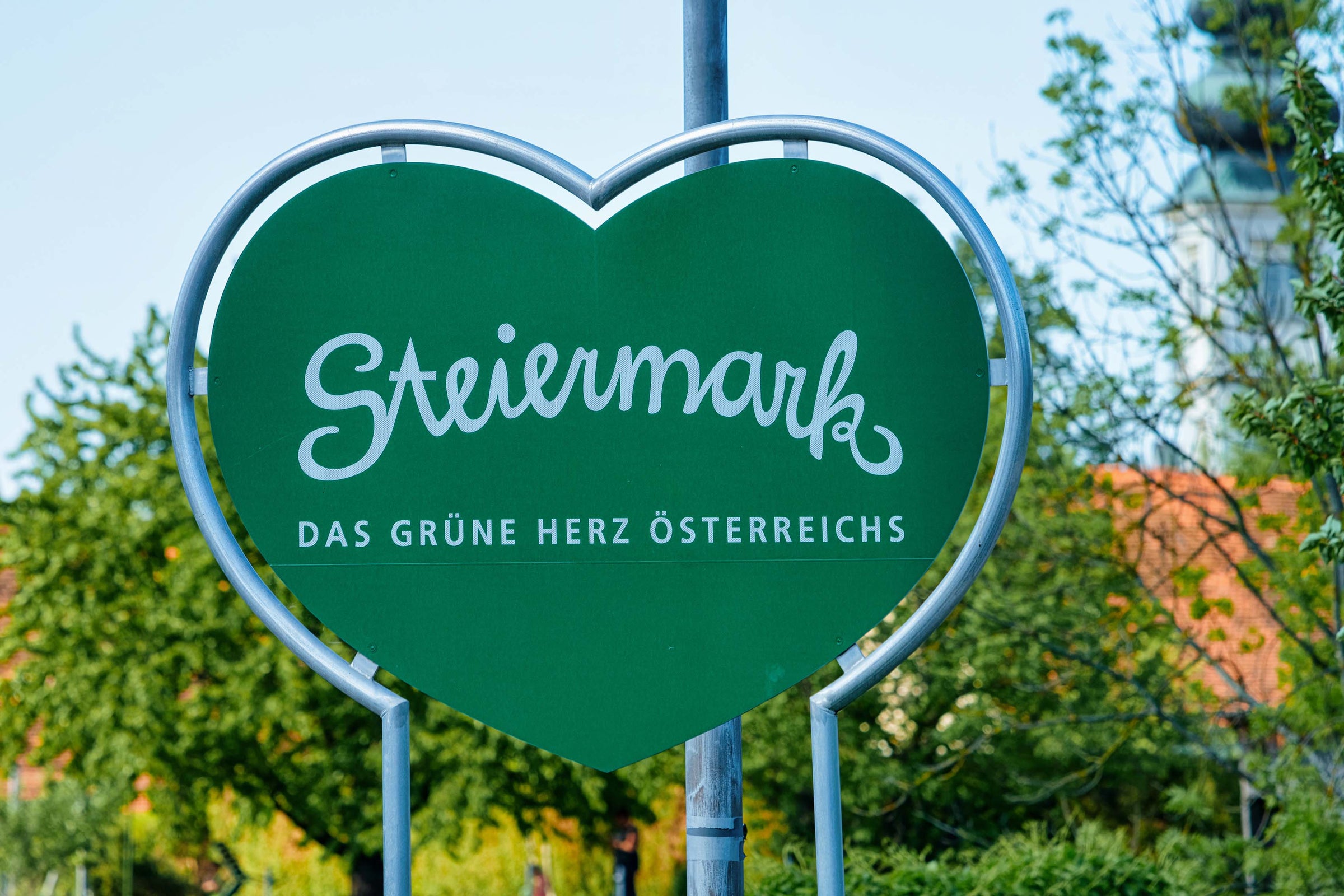If Christoph Edelbauer’s crowning achievement has successfully eluded you over the past two years, it’s probably no fault of your own. This gorgeous bottling has single-handedly caused a miniature revolution on SommSelect soils, and today provides a limited opportunity to experience it.
You may recall that when a close friend blind-tasted me on the previous vintage, I knew it had to be Chambolle-Musigny or Volnay because each aroma was loaded with such breathtaking charm, purity, and beguiling perfume. The reveal, of course, resulted in one of the biggest revelations of the year, so I made a mental note to visit Edelbauer on my next trip to Vienna. I found myself there last month, tasting the red-hot 2019 release right alongside Christoph. Hear me now: If you enjoyed the 2018, you’ll go berserk over this, and if you’ve yet to taste any of his Zweigelts, this is the rare chance to dramatically increase the “wow” factor of your home cellar. Aside from being an extraordinarily scarce wine, it’s perhaps the most complex, elegant, “expensive-tasting” Austrian red that graces my palate each year.
As a SommSelect subscriber, you are likely familiar with the Grüners and Rieslings from Austrian superstar Christoph Edelbauer, but this is only the third time SommSelect has acquired a red wine from the estate. While Christoph’s aforementioned whites are certified wine list and social media candy on both sides of the Atlantic, his two reds (a superlative Pinot Noir and today’s breathtaking Zweigelt) are produced in such limited quantity and vacuumed up so voraciously upon release in Europe, that SommSelect only gets a single shot per annum.
When tasting through Edelbauer’s wines, one quickly gets the sense that something extremely special is occurring in this small cellar. It doesn’t hurt that these bottle designs are among Austria’s most eye-catching, or that Edelbauer is one of the more eloquent and telegenic winegrowers to command attention on social media. But, take my word that Christoph’s success isn’t a figment of marketing—it’s the product of Grand Cru-equivalent terroir and a lasting reputation for astonishingly complex and undeniably world-class wine!
Be it breathtakingly deep sparkling wines, soulful reds, or perfectly chiseled Riesling and Grüner, it seems everything Christoph touches turns to gold. Visit Christoph’s winery in Langenlois and you’ll behold Dwell Magazine-worthy architecture, awe-inspiring beauty of the surrounding landscape, and the concise but no-less-magnificent collection of parcels in many of Langenlois’ (the geographic heart of Austria’s Kamptal region) grandest crus. But, more than anything, I suspect you will appreciate that his world-class wines are the result of an obsession with minute details and artisan craftsmanship. Every decision at this property is made with thought, intention, and creativity. The Certified Organic operation produces its own compost, work is done entirely by hand, and all activity in the vineyard and cellar is optimized for quality and pure expression of terroir—not growth or maximum profit. Success is almost a given when one is bottling wines that taste this exceptional, but the overriding sense of any visit to Weingut Christoph Edelbauer is that it is an environment dedicated not to commerce, but genuine artistry and craftsmanship.
The plump, dark Zweigelt grapes that create today’s stunning wine originate from decades-old vines rooted in the sandy, red-clay soils of the Hasel vineyard. After hand harvesting into baskets, fermentation proceeds in open tanks. The juice ferments on skins for 1.5 months with intermittent punch-downs. Finally, the wine is aged in 500-liter French and Austrian oak barrels for one year before bottling. Today’s parcel then enjoyed an additional year of rest before exiting Edelbauer’s cellar.
After allowing this wine to aerate in my glass with a few vigorous swirls, it’s clear to me that Christoph Edelbauer is bottling some of the most honest, expressive, and perfumed Zweigelt in the country. Given at least 15 minutes in a decanter and served in Burgundy stems at 60 degrees, this erupts with polished, Chambolle-esque aromas of ripe black cherry, wild raspberry, spiced red plum, and fresh violets. Give it a few more swirls and a second wave of turned earth, boysenberry, cardamom, loose tea, and damp herbs emerges. The dark-fruited palate is plush and ample, driven by polished tannins and mouthwatering levels of acidity. It’s a wine to drink now and over the next three years, but do not be surprised if you discover a “forgotten” bottle on its 10th birthday and it’s singing a spellbindingly savory song. Cheers!
